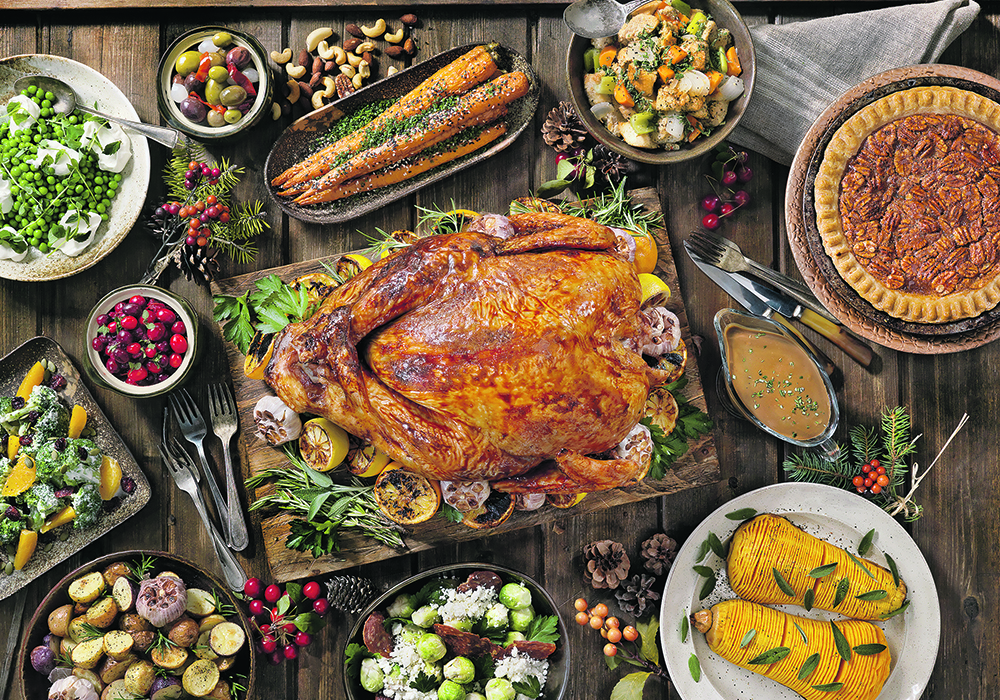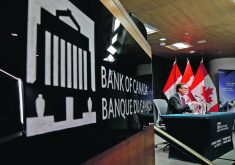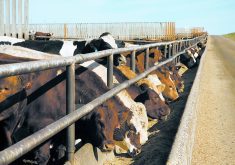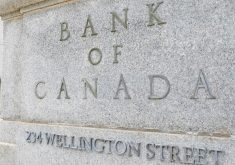A recent news story about the cost of an American Thanksgiving meal that triggered a social media response was interesting in several ways.
It highlighted the public’s continuing concern with food inflation as well as its misunderstanding of how news operations work.
Granted, this was a social media squall, not a storm, but it was big enough to trend for a while on X, formerly known as Twitter.
Read Also

Short rapeseed crop may put China in a bind
Industry thinks China’s rapeseed crop is way smaller than the official government estimate. The country’s canola imports will also be down, so there will be a lot of unmet demand.
It surprised me because it was generated by a seasonal and wonky news release put out by the American Farm Bureau Federation, the big lobbying and policy group that purports to represent U.S. farmers and ranchers.
For 39 years the farm bureau has conducted a Thanksgiving dinner cost survey.
It says it is a “snapshot of the average cost of this year’s classic holiday feast for 10.”
This year the cost of that “feast” is, drumroll please, US$58.08, or $5.81 per plate.
Few people check out the bureau’s website to see the news release there, but it also sends the release to all U.S. news media.
Editors at the nation’s struggling news organizations looking for inexpensive and easy stories to report on during the big American holiday period latched on to the news release and ran it on TV newscasts and newspapers pretty much verbatim.
And there is a bit of good news. That $58.08 cost is five percent less than last year.
As we all know, food inflation has been wicked for a few years, so it is on the top of mind for many people.
When inflation was not an issue, past farm bureau Thanksgiving dinner cost surveys likely attracted little attention.
But this year many found it outrageous, mostly in the context that you can’t gather the food for a Thanksgiving feast for 10 for such a paltry sum.
A guy named Damani Felder, who says he is the founder of YouTube’s The Right Brothers channel, actually went to Walmart and bought the food listed in the story and guess what? It was actually cheaper than $58. He got it for $45.55.
He saw the story on the news channel CNBC as well as on a social media post by someone named FrankLuntz.
Felder asked: “So @CNBC and @FrankLuntz claim you can buy groceries for an average Thanksgiving dinner for TEN people for under $60 in 2024. What say you?”
Felder’s post had 2,500 comments and 2,800 shares when I saw it, many critical of the news outlets.
Two things come to my mind.
First, as a reporter, I know that CNBC does not claim that you can feed 10 for less than $60.
CNBC and all the other media outlets, including local Fox stations, newspapers like the Des Moines Register and cable news outlet News Nation to name a few, simply reported on an annual survey completed and publicized by the American Farm Bureau Federation, the group known for decades as “the voice of agriculture.”
Second, it is clear the meal the farm bureau sets out is far from a Thanksgiving feast.
It is something that a particularly dour and thrifty dietitian might come up with — think hospital meal.
It’s a couple of slices of turkey, a tablespoon or so of stuffing and the same amount of sweet potatoes, peas, a teaspoon of cranberries, a baby carrot or two, a bun and a tiny slice of pumpkin pie.
When done, that’s it, no leftovers.
That is a far cry from what most consider a holiday meal.
The survey has value, though. National statistical agencies track inflation using measures such as the current value relative to a baseline index.
For instance, they might say that a basket of food in 2002 is the index 100 and today the value is 142 relative to that 100 index.
However, that’s hard for the average consumer to understand.
The farm bureau has shoppers go out each fall in regions across the U.S. and buy the exact same list of groceries.
It gives you the real price of real food in dollars and cents — $58.08 this year, $61.17 last year and $64.05 in 2022.
The survey also points out that this is still 19 per cent higher than five years ago.
Farm bureau economists explain factors influencing the price of each of the meal’s components. They provide data on the affordability of the food relative to the growth in wages.
In the future, the federation and reporters should not call the meal a “feast.” Explain what is being measured and why that is valuable information.
However, while most of us look forward to our own coming Christmas feast, we should also think of the following.
When the Saskatoon Indian and Metis Friendship Centre hosted its Canadian Thanksgiving free meal to 2,000 needy people this October, it said how much each plate cost.
It was six Canadian dollars.
For some, even a $6 meal is a blessing.















